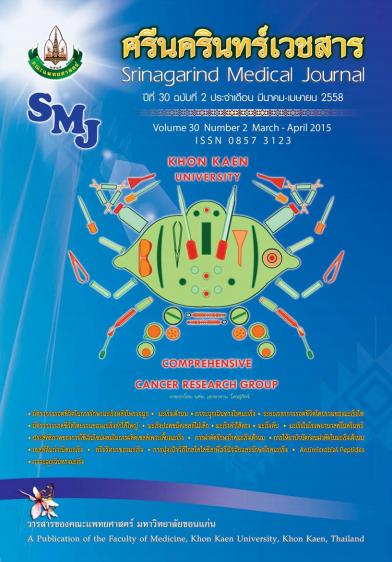Tumor Glycolysis as a Target for Cancer Diagnosis and Therapy
Abstract
Altered energy metabolism in cancer cells were discovered in over 80 years ago, Otto Warburg discovered that cancer cells predominantly produce energy (adenosine triphosphate, ATP) through the glycolytic pathway rather than through the tricarboxylic acid (TCA) cycle, even in the presence of adequate oxygen. This altered energy dependency is known as the “Aerobic glycolysis” or “Warburg effect”. The understanding of the Warburg effect will help to design of more effective targeting molecules, which will greatly impact the capacity to effectively treat and diagnose cancer patients. Here we provide an overview of the current understanding of the aerobic glycolysis upon cancer progression and discussion on the potential metabolic targets for cancer diagnosis and therapy.



